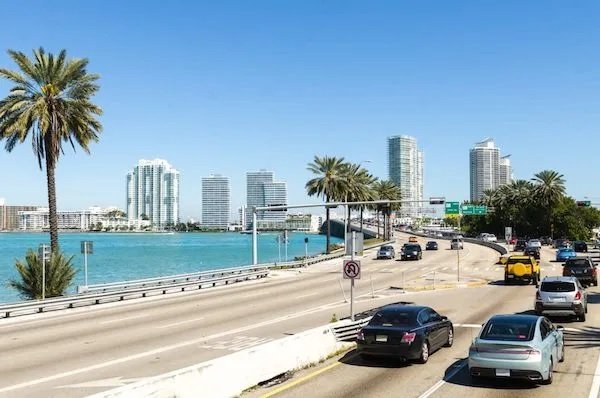Driving in Florida can be an exciting experience, whether you are visiting the state’s renowned beaches or operating a fleet of vehicles for business purposes. The state’s diverse landscape, from bustling cities to scenic coastal routes, offers both opportunities and challenges for drivers. However, navigating Florida’s roads requires awareness of local traffic laws, common hazards, and the unique driving conditions that may arise in different regions of the state. Whether you are driving personally or overseeing a business that relies on vehicles, understanding the nuances of Florida’s roadways will help ensure safety and efficiency.
Understanding Florida’s Traffic Laws
Florida’s traffic laws are designed to keep drivers safe, but understanding these regulations is essential to avoiding accidents and fines. One key rule to be aware of is Florida’s “Move Over” law, which requires drivers to move over a lane or slow down when approaching a law enforcement vehicle, fire truck, or tow truck with flashing lights. Failing to follow this law can result in fines and points on your license. It is also important to note that Florida is a no-fault insurance state, which means that in the event of a car accident, each driver’s own insurance typically covers their medical expenses and vehicle damages, regardless of who is at fault.
Another important regulation is the speed limits, which vary depending on the type of road. On highways, the speed limit can range from 55 mph to 70 mph, while city streets may have limits as low as 25 mph. Drivers should always be vigilant and watch for signs indicating speed limits, as Florida’s road conditions can change rapidly.
Pedestrians and Cyclists
Florida has one of the highest rates of pedestrian fatalities in the country, particularly in areas with high foot traffic like Miami, Orlando, and Tampa. As a result, drivers need to be especially cautious around crosswalks, shopping areas, and public transportation hubs. Florida law requires drivers to yield to pedestrians at crosswalks, and violations can result in hefty fines and penalties.
In addition to pedestrians, cyclists are common on Florida’s roads, particularly in tourist-heavy areas and along the coast. Drivers should be aware of bicycle lanes and respect the rights of cyclists. It is recommended that drivers maintain a safe distance when passing cyclists, as Florida’s warm weather makes it a popular destination for biking enthusiasts year-round.
Car Accidents in Florida
Despite the state’s comprehensive traffic laws, Florida sees a high number of car accidents each year due to its dense population, large tourist traffic, and varying driving conditions. In the event of a car accident, particularly in growing areas, it is important to know how to navigate the aftermath. The state’s no-fault insurance laws generally cover medical expenses and minor damages, but in the case of more serious injuries or significant property damage, drivers may need to pursue further legal action.
If you are involved in a car accident in St. Petersburg, consulting a qualified St. Petersburg car accident lawyer can help ensure that your rights are protected. Legal professionals can assist with understanding whether you are eligible for compensation above your insurance coverage, especially if the accident was caused by another party’s negligence. While insurance may cover immediate damages, a lawyer can help guide you through the process of claiming additional compensation for medical bills, lost wages, and pain and suffering.
Insurance Requirements
Florida law requires drivers to have personal injury protection (PIP) and property damage liability (PDL) insurance. PIP insurance covers medical expenses and lost wages, while PDL covers damage to another person’s property. It’s also essential to consider additional coverage options such as bodily injury liability, which can help protect you in case of a lawsuit following an accident. Businesses with fleet vehicles should evaluate their insurance needs carefully to ensure that they have sufficient coverage in case of accidents involving employees or company vehicles.
Vehicle Safety Features
Given the unpredictable nature of Florida’s roads, investing in vehicles with advanced safety features can significantly reduce the risk of accidents. Features such as lane departure warnings, automatic braking systems, and rear-view cameras are becoming standard in many vehicles. These technologies can help drivers avoid accidents, especially in areas with heavy traffic or limited visibility.
Businesses that operate fleets of vehicles should prioritize these safety features, as they can not only help reduce accident rates but also lower insurance premiums. In addition, businesses should train employees to be aware of road hazards and implement safety protocols for managing emergencies.
Navigating Florida’s Roadways
Florida offers many scenic routes and exciting destinations, but driving in the state requires attention to detail and preparation. By understanding local laws, being aware of potential hazards, and ensuring that your vehicles are well-maintained and properly insured, you can enjoy safe and efficient driving. Whether you are transporting goods across the state or commuting for business purposes, staying informed about the unique conditions of Florida’s roads will help you navigate the state with confidence.

